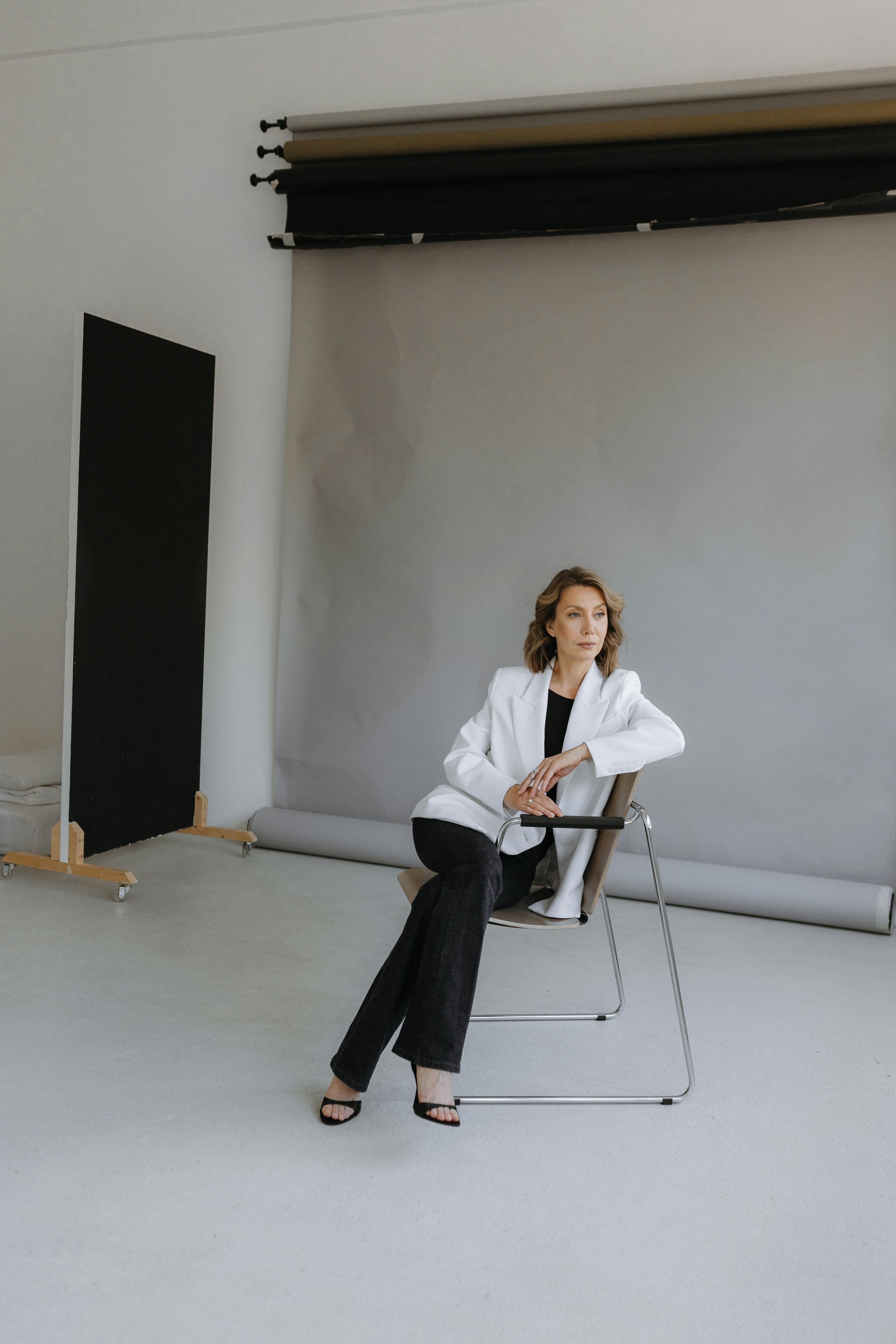Ever stood in front of your closet, packed to the brim, and sighed, “I have nothing to wear”? You’re not alone. Our wardrobes often become graveyards of impulse buys, forgotten sale steals, and pieces we might wear someday. But what if your closet was the exact opposite—minimal, intentional, and filled only with things you love? Enter the capsule wardrobe.
Think of it like sculpting—you chip away everything extra until what remains is essential, pure, and powerful. What stays truly matters. In this post, you’ll learn what a capsule wardrobe is, how its history shapes why it works, its benefits, and how to build one for yourself—all in a way that boosts your style and your confidence.
1. Capsule Wardrobes: A Chic History Lesson
Want to know where this idea started? It goes back further than most people think.
-
In the 1970s, Susie Faux, owner of the London boutique Wardrobe, revived the idea that women should own a small selection of timeless, well-fitting essentials that don’t go out of fashion. Her philosophy focused on quality, fit, and functionality over quantity. Wikipedia+3Style by Savina+3Bukvybag.com+3
-
In 1985, American designer Donna Karan popularized the concept with her “Seven Easy Pieces” collection: pieces that could be combined to suit different parts of a working woman’s life. It included things like a white shirt, a tailored jacket, a skirt, a dress, a cashmere sweater, a bodysuit, etc. capsulewardrobes.net+3Style by Savina+3Bukvybag.com+3
These roots are important—they remind us that capsule wardrobes weren’t just a trend. They were & are responses to fast fashion, decision-overload, and the idea that more doesn’t always mean better.
2. The 10 Must-Have Essentials for Any Closet
A capsule wardrobe is not about depriving yourself—it’s about choosing wisely. Here are essentials you should strongly consider:
-
White button-down shirt
-
A quality blazer or tailored jacket
-
Well-fitting jeans (dark wash and/or neutral color)
-
Little black dress or equivalent versatile dress
-
Classic sweater (e.g. knit or cashmere)
-
Neutral trousers
-
A coat or outerwear piece that works for your climate
-
Two pairs of shoes: one casual, one dressy
-
Simple accessories (belt, one quality bag)
-
Seasonal piece (e.g. trench coat, cardigan, or something layered)
Practical Tip: Stick to a color palette of 3-4 colors (neutrals + 1 accent). This makes mixing & matching smooth.
Stat: In a study in the UK, the average adult owns 118 items of clothing, but approximately one quarter (about 26%-31 items) have not been worn for at least a year. That’s a lot of pieces that aren’t serving you. WRAP
Also: Caroline Rector of Un-Fancy suggests a capsule wardrobe should ideally consist of 30-37 items, chosen to align with your lifestyle. Who What Wear
3. Mix and Match Without Feeling Like a Broken Record
Here’s one of the best parts: fewer pieces can mean more outfit combinations. Because when everything in your capsule shares compatible colors, quality, and proportion, you can remix them in surprising ways.
-
One white shirt can go from brunch (paired with jeans + flats) to work (blazer + trousers) to evening (swap shoes + add accessories).
-
The daily decision-fatigue drops off. You spend less time thinking “what do I wear” and more time enjoying what you wear.
Practical Tip: For every new piece you buy, try to visualize or plan at least 5 outfits before you buy. If you can’t, it probably doesn’t belong in your capsule.
4. Sustainability Made Stylish
Why is this more than just a fashion choice? Because it has environmental impact.
-
The average UK adult has 118 clothing items, of which ~25% go unworn for a year. That’s wasted space and resources. WRAP
-
By investing in quality instead of quantity, you reduce frequent purchasing, reduce textile waste, and extend the life of each garment.
Quote: “Buy less, choose well, make it last.” – Vivienne Westwood (often cited in sustainable fashion movements)
5. The Confidence Boost You Didn’t Expect
Here’s something many don’t anticipate: owning less makes you feel more. Why?
-
When everything in your closet fits, flatters, and reflects your personal style, getting dressed becomes an act of joy, not stress.
-
You stop overthinking. You start dressing with purpose.
-
You learn what makes you feel good and amplify those things.
Practical Tip: Once a season, try the “mirror test”: put on every item in your capsule, look in the mirror, and ask: Do I still love this? Does it represent me? Does it still fit/make me feel good? If not, it’s time to let go.
6. How Many Pieces Is Too Many? Just Enough
One common question: What’s the ideal number of pieces? There’s no one right answer—your lifestyle, climate, work, and style all matter. But here are guidelines:
-
Caroline Rector’s 30-37 piece range is a solid target for many people. Who What Wear
-
Some research suggests a “sufficient” wardrobe in a two-season climate is about 74 garments, for a four-season climate about 85 garments. That gives room for work, casual, seasonal outerwear, etc. Vogue
-
The idea is not to fixate on a number, but to maximize use: high quality, high versatility, high wear.
Wrapping It Up: Why Less is More
A capsule wardrobe isn’t just about having fewer clothes. It’s about clarity. It’s about choosing what supports your life and your confidence. It’s about sustainability, both for your personal style and for the planet. When you build with intention, you free up time, space, money—and mental bandwidth.
So, the next time you feel tempted to overload your closet, remember: what matters isn’t what you could wear—it’s what you want to wear, what makes you feel like you. Let your wardrobe reflect you—not overwhelm you.



